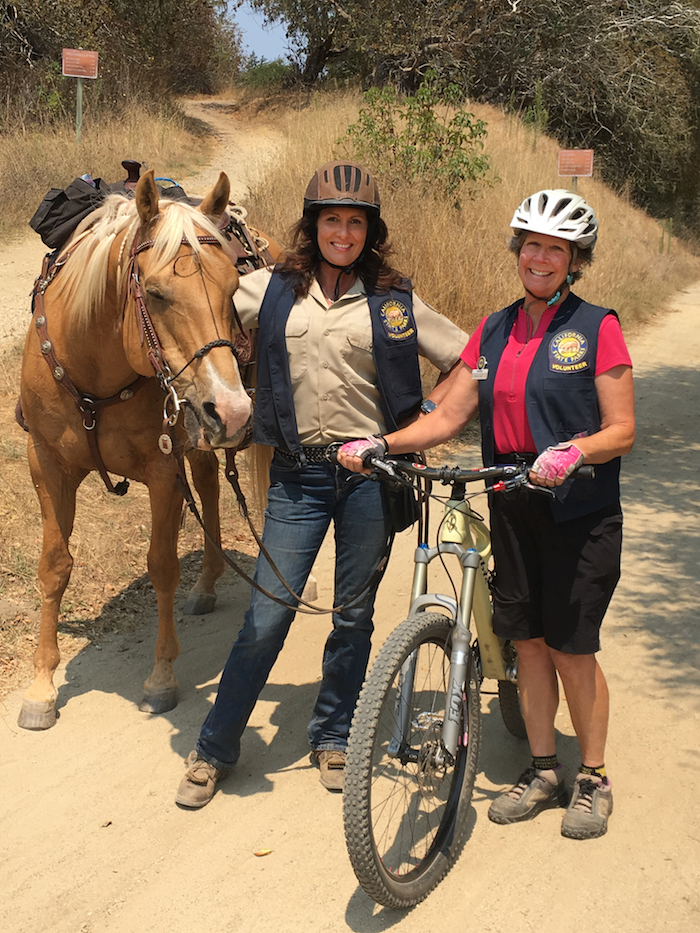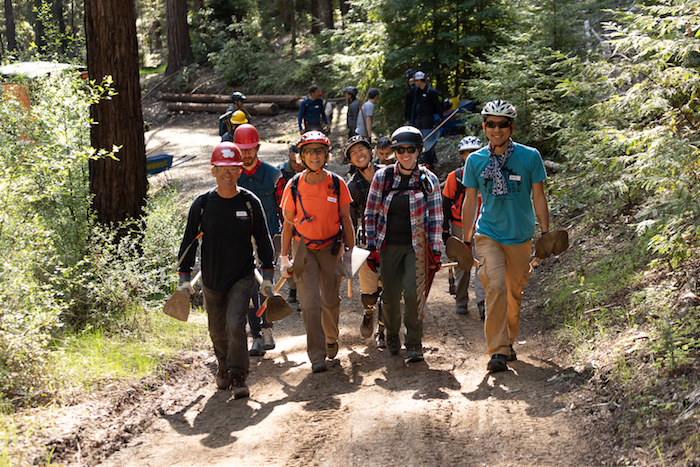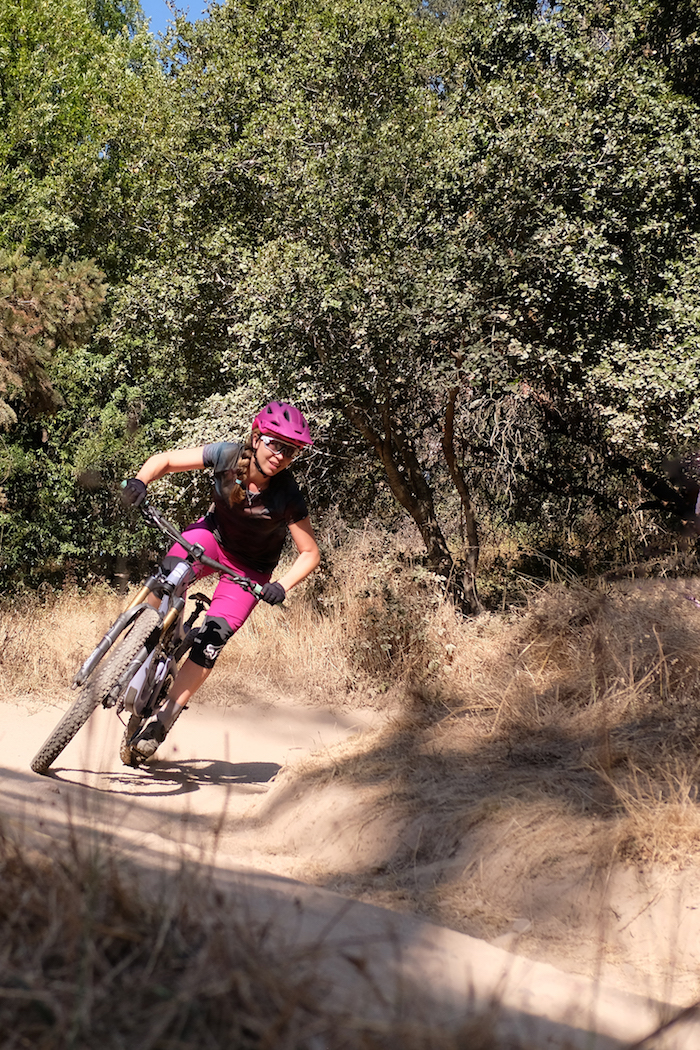- California Enduro Series Announces 2024 Schedule - 11/19/2023
- ASHLAND MOUNTAIN CHALLENGE 2023 – CES RACE REPORT - 10/04/2023
- China Peak Enduro 2023 – CES Race Report - 09/04/2023
MBOSC’s Matt De Young on the recently released MTB Impact Review
By Michele Charboneau
Mountain Bikers of Santa Cruz (MBOSC) recently released its Mountain Biking Impact Review, a comprehensive study that addresses the environmental and social impacts of mountain biking. We had some questions about the report and asked the organization’s executive director Matt De Young for answers.
>> What prompted this project?
MBOSC has been involved with a lot of land use planning processes and we have heard a lot of conflicting statements about the impacts of mountain biking from land managers, the public, and other stakeholders. In these various discussions there has been a distinct lack of evidence for statements being made both in favor of and against mountain biking. As mountain bike advocates we felt that it was on us to be the experts on the subject. This led to the formation of our Science Committee, an extensive literature review, and ultimately the Mountain Biking Impact Review document.
>> What was the main objective?
We want to shift the discourse on mountain bike access away from being rooted in personal anecdotes, stereotypes, and emotional reactions to being evidence based. We hope that upon reading the study, skeptics of mountain biking can ask themselves if their opposition to mountain bike access is stylistic or substantive. We equally hope that mountain bikers who read the study will reflect on their personal participation in the sport, and that they will be able to recognize that as trail users we do have an impact on the environment and other trail users. We hope they will take what they have learned to make responsible decisions about where and how they recreate.
>> What is the overall feedback on the report, whether from mountain bikers or other trail users?
The feedback from mountain bikers, other trail users, land managers, and the general public has been overwhelmingly positive. We are not aware of any similar initiatives to compile all of the literature on the impacts of mountain biking so there has been a clear appreciation of that effort. We have received some feedback that there is additional literature we should take into account but we have not come across anything that conflicts significantly with our findings. We hope that readers will let us know of anything we have overlooked so that we are able to incorporate additional information in the future.
>> Some of the findings are specific to the Santa Cruz area, while others are more broad. Do you know of any similar projects done by other organizations in California and Nevada? Is MBOSC willing to guide other organizations in compiling their local findings to create their own reviews?
I would say that our findings are pretty general for the most part and applicable to other regions. We have not seen similar projects but if anyone has, please do send them our way! We would be happy to share our process with other organizations but would also encourage them to utilize our document and to alert us to any literature that we can incorporate.
>> What was most surprising to discover environmentally speaking?
That generally, the impact to wildlife (especially larger wildlife) is from the presence of humans, and the mode of transport (hiking/biking/equestrian) isn’t as important. Different user types do impact different wildlife species in different ways (speed, distance, volume), but those differences seem relatively small compared to overall impact of human presence/absence.

MBOSC Equestrian Liaison Lindsay Overton (right) poses with fellow park patrollers Sheryl Germany and Jack.
>> What was the least surprising to discover environmentally speaking?
That good trail design matters! Research shows that trail design (trail siting and alignment relative to topography and soil) is the most important factor influencing long term trail sustainability.
>> What was most surprising to discover socially speaking?
Studies of user group interactions are interesting: In New Zealand, hikers’ opinions of mountain bikers were overall positive, especially amongst those hikers who had actual encounters with bikes. By contrast, more negative opinions were found by those who did not have such encounters. This highlights the fact that perception of different user groups is quite important. Another study in Australia found that locals who did not use trails had a slightly less positive perception of mountain bikers than locals that did use trails.
>> What was the least surprising to discover socially speaking?
That unsanctioned trails are not just isolated to mountain bikers and are a symptom of an unmet need for legitimate trail use options.
>> Who did the research and how did they go about gathering the information?
MBOSC’s Science Committee did the research. The committee is comprised of some truly awesome individuals who have backgrounds in geology, wildlife biology, chemical engineering, and spatial analysis. They spent a ton of time diving deep into scientific journal databases, the far corners of the internet and reaching out to experts in this field. They compiled a massive number of studies which informed the conclusions drawn in the Impact Review.
>> What would you say are the top five take-aways from the findings?
1. On properly built and well -maintained trails, no measurable difference is seen between the relative impacts caused by mountain bikers vs. hikers.
2. User- created trails are unplanned and don’t undergo the rigorous environmental review and design nor meet the standards that modern, sanctioned official trails do.
3. Impacts on wildlife are similar whether the human interaction is by hikers, bikers, or equestrians.
4. There are lots of gaps in the literature and more studies would benefit our understanding of trail-based recreation impacts and how best to manage them.
5. As trail users we can make responsible decisions about where, when, and how we recreate to minimize our impacts.
>> How do you envision this information shaping mountain biking and trail construction in Santa Cruz and beyond?
We hope that this information can serve to provide some focus around mountain bike access discussions. Additionally a better understanding of how trails and trail recreation impacts our natural areas can be used to inform trail planning and management. With thought and planning, trail networks can be designed to maximize recreation value and experience, while minimizing impacts to natural systems.
Read the Mountain Biking Impact Review at mbosc.org/mtb-impact-faq.
















